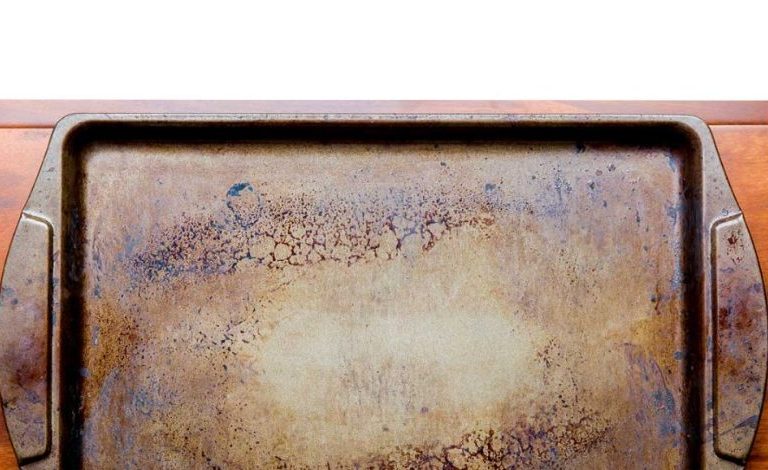
Dirty Dancing: A Timeless Classic That Still Captivates Audiences
For many film lovers, Dirty Dancing is more than just a movie—it’s a cherished memory that continues to inspire new generations. Decades after its release, it remains a cultural touchstone, celebrated for its romance, music, and unforgettable performances. For me personally, it holds a special place in my heart. I’ve watched it dozens of times—probably more than fifty—and yet, it never loses its magic. Each scene, dance sequence, and song remains as vibrant today as it did the first time I saw it.
Over the years, I thought I had seen everything there was to know about this cinematic gem. However, recently uncovered deleted scenes have offered a fresh perspective, revealing new layers to its storytelling. These rediscovered moments confirm what many fans have felt all along: Dirty Dancing is more than a romance—it’s an experience that blends emotion, music, and movement into something truly timeless.
At the heart of Dirty Dancing is the undeniable connection between Patrick Swayze and Jennifer Grey. Their portrayal of Johnny Castle and Frances “Baby” Houseman brought authenticity and depth to a story about love, growth, and breaking boundaries.
Swayze’s performance was a masterclass in charm, confidence, and vulnerability. As Johnny, he combined the strength of a skilled dancer with the sensitivity of a man navigating personal and social challenges. Grey’s portrayal of Baby was equally compelling—capturing the innocence of youth, the courage to stand up for what’s right, and the determination to follow her heart.
Together, they created a dynamic that elevated the film beyond the typical romance genre, making it a heartfelt exploration of two people from different worlds finding common ground through dance.
The film’s soundtrack is legendary, featuring songs that became inseparable from the story itself. The Academy Award–winning “(I’ve Had) The Time of My Life” remains one of cinema’s most celebrated songs, and the climactic lift in the final dance sequence has been imitated and honored countless times.
From playful practice sessions in rustic cabins to the electrifying performances on stage, each dance number serves a purpose in advancing the story and revealing the characters’ emotions. The choreography captures both the joy and the tension of the narrative, allowing viewers to experience the characters’ struggles and triumphs through movement.
The carefully curated soundtrack blends rock, pop, and soul, perfectly reflecting the film’s early 1960s setting while still feeling fresh to modern audiences.
The recent discovery of deleted scenes has given fans a deeper understanding of the characters and their world. Some moments expand on Baby’s family relationships, offering insight into her personal growth and the values that shape her decisions. Others reveal more about Johnny’s life beyond the dance floor, highlighting the obstacles he faces due to class differences and societal expectations.
These additional scenes underscore the film’s central themes—self-discovery, courage, and challenging social norms—while showcasing the careful balance the filmmakers achieved in creating a compelling, well-paced story.
Beyond its artistic achievements, Dirty Dancing has become a lasting part of pop culture. It has inspired stage adaptations, anniversary screenings, themed dance events, and fan gatherings around the world. People share how the film influenced their lives, whether by inspiring a love of dance, encouraging them to follow their passions, or simply giving them a treasured story to revisit.
Its universal themes—love, courage, and the excitement of finding one’s voice—continue to resonate, ensuring that new generations will discover and appreciate it.
While Dirty Dancing entertains with romance and music, it also carries important messages. Baby’s transformation from a sheltered young woman to a confident individual mirrors the journey many people experience in their own lives. The story also reinforces the value of standing up for others, challenging unfair rules, and embracing change with an open heart.
These lessons, wrapped in a compelling narrative, help explain why the film remains relevant decades later.
Why We Keep Returning to Kellerman’s
Fans return to Dirty Dancing again and again because it offers an experience that blends emotion, artistry, and nostalgia. It’s a film where love and dance become vehicles for personal transformation, where music serves as a character in its own right, and where every viewing brings back the thrill of the first time.
Even for those who have seen it countless times, the discovery of new behind-the-scenes details and deleted moments provides fresh reasons to revisit it, proving that its appeal is as strong as ever.
Conclusion
Dirty Dancing is more than a beloved 1980s romance—it’s a timeless celebration of passion, growth, and self-expression. The unforgettable performances of Patrick Swayze and Jennifer Grey, the enduring soundtrack, and the film’s emotional depth have secured its place in cinematic history.
Whether you’re watching it for the first time or returning for the fiftieth, the film invites us to remember that sometimes, life’s most meaningful moments happen when we take a chance, step onto the dance floor, and let the music guide us.




